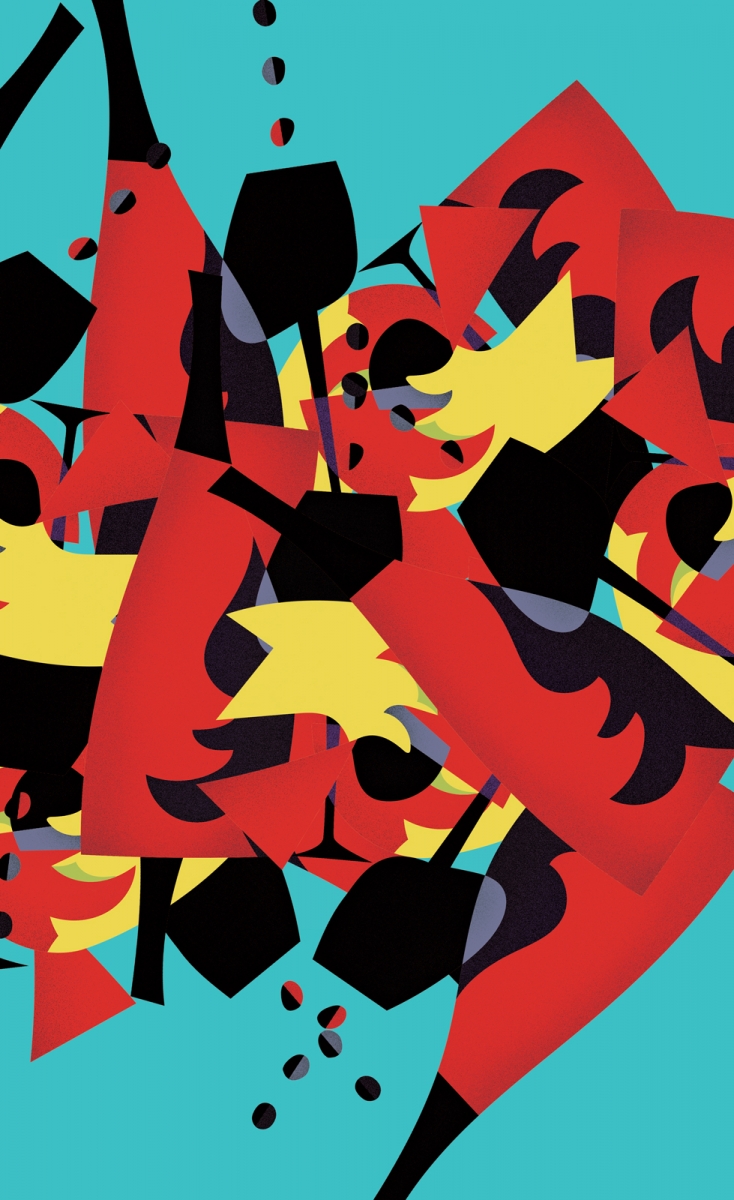Illustration by Pop Winson
Just after being seated at Hardware Grill, a friendly waiter asks, “What would you like to drink?” Wine would be nice, but it’s been hardly enough time when the list is a weighty catalogue of 450 bottles. Where to begin? And is all this choice necessary?
“Big or small doesn’t really matter,” says Hardware Grill chef/owner Larry Stewart, the mastermind behind the restaurant’s Wine Spectator award-winning list.
“There’s no magic formula,” he says, but “a great wine list should offer something for everyone’s taste [and] shouldn’t be skewed in any one direction too heavily. It should be approachable and not intimidating.” His list is all that, except that, at 19 pages, the book – complete with a table of contents – is one of the largest in the city. For a neophyte, it can be daunting.
Stewart’s list, like most, is based on a subjective mix of personal taste, menu compatibility, price, saleability and even storage space.
A few pages in the list are revelatory: You can see exactly which regions he has toured and how that has influenced his menu. After 19 years, Stewart’s list is in “maintenance mode.” He updates it twice a year based on customer feedback, trends and personal interests, like his recent fascination with jammy zinfandels. “I’ve been drinking more zinfandels in the last year, and I acquired some interesting styles. The food I do here is robust with strong flavours, and it’s a good match.”
There are downsides to such a large list. It’s difficult to manage, from inventory and ordering to storage and cash flow. Stewart has a six-figure inventory, with hundreds of bottles stored in Hardware Grill’s labyrinth of four different cellars. “I’m not making any interest on it, and some of it you sit on for years. They’re an investment you make.”
Encyclopedic wine lists like Stewart’s are giving way to smaller ones in Edmonton and across North America, thanks to a movement of sommeliers and chefs wanting to take the perceived pretense and cork-sniffing snobbery out of wine.
